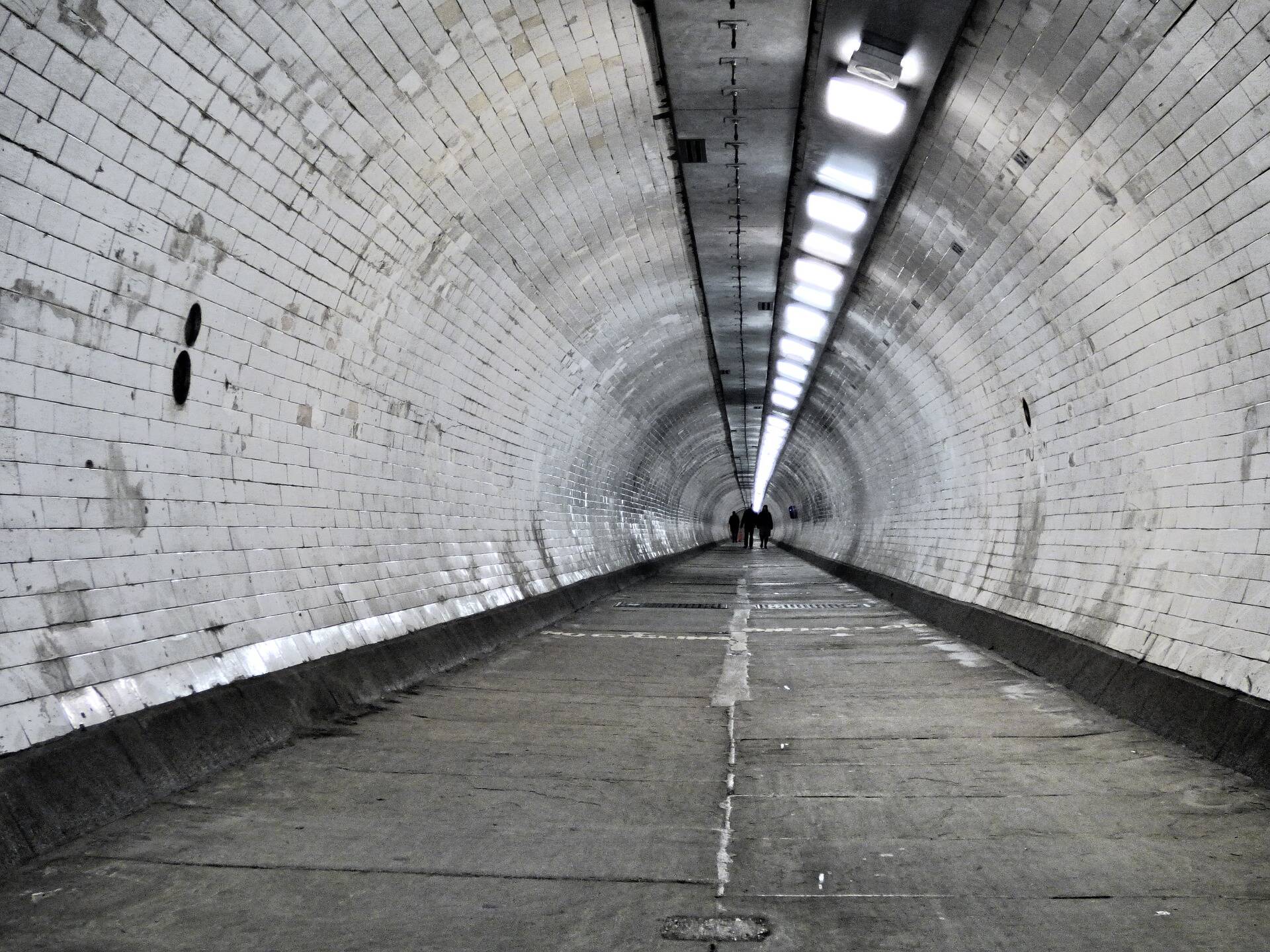You’ve reached your limit!
To continue enjoying Utility Week Innovate, brought to you in association with Utility Week Live or gain unlimited Utility Week site access choose the option that applies to you below:
Register to access Utility Week Innovate
- Get the latest insight on frontline business challenges
- Receive specialist sector newsletters to keep you informed
- Access our Utility Week Innovate content for free
- Join us in bringing collaborative innovation to life at Utility Week Live

Thames Tideway’s Peter Vale explains how his firm has harnessed existing technology to digitise and automate wastewater network systems during wholesale upgrades to London’s ageing sewer infrastructure.
While Peter Vale, engineering information manager at Thames Tideway, acknowledged the description of wastewater as a “dumb” asset by some industry colleagues, he explained that efforts to manage it were anything but.
Discussing the incorporation of smart water systems and digitisation to better manage the 25km Tideway Tunnel currently under construction beneath London at the Utility Week Innovate WWT Wastewater 2022 Conference, he outlined a variety of modelling approaches to support the creation of a complex operating system.
 The super sewer Tideway project harnesses technology to digitise and automate wastewater network systems to reduce pollution of the Thames – upgrading a sewer network built in the late 1800s and used despite London’s population growing from two million to around eight million people during its lifespan, according to Vale.
The super sewer Tideway project harnesses technology to digitise and automate wastewater network systems to reduce pollution of the Thames – upgrading a sewer network built in the late 1800s and used despite London’s population growing from two million to around eight million people during its lifespan, according to Vale.
As such, London’s current sewer system is hampered by overloaded treatment works – in which the quality of treated discharge deteriorates during heavy rainfall – and an overloaded network which is frequently discharging untreated combined sewage into the tidal Thames.
In a typical year, around 40 million m2 of untreated sewage is dumped into the tidal Thames across more than 50 occasions – almost once a week on average.
Modelling challenge
The project to upgrade sewage treatment works and create an additional 1.6 million cubic metres of additional storage across the 25km long Tideway Tunnel and 7km Lee Tunnel was initially recommended off the back of studies started in 2000.
However, a range of design challenges such as variable ground conditions, a vast number of interfaces with existing, ageing, infrastructure – spanning not only existing sewers, but the London underground networks, piers, bridges – and the need to minimise the number of work sites across the capital faced project leaders according to Vale.

He added that in order to deliver a 120-year design life, the Thames Tideway also had to provide mechanical ventilation and air treatment to reduce risk of odour complaints and accommodate large flows and huge drops in the sewage system.
To tackle this series of complex problems – and ultimately create a sewer that prevented frequent pollution of the Thames and changed the relationship between London, Londoners and the river – Vale explained that Thames Tideway was required to harness a broad variety of different models, spanning catchment, pneumatics and transients, computational fluid dynamics, physical and air movement and dispersion models.
This system largely reflected one already developed by Thames Water, Vale added, with the firm charged with serving 15 million customers across London and the Thames Valley benefitting from a comprehensive digital footprint.
Such modelling shaped Tideway’s combined sewer overflow control and the system response to variable rainfall-runoff which results in discharges, for example. Thames Tideway’s control strategy developed two operating modes, wet weather and extreme wet weather, with the former activated if forecasted system-wide rainfall depth is below 22mm in 24 hours, and the latter – and pre-emptive control measures – activated if above said benchmark.

On top of this, physical models were used to evaluate deaeration designs to avoid air entrapment at large drops in the sewer network and led to the creation of vertical deaeration chamber designs.
A live virtual operating system for London
Vale also explained that a virtual operating system – harnessing existing digital twins alongside both information already available and that found during the project – is an “essential tool for analysis and continuous learning” on Thames Tideways’ smart wastewater network.
Connecting different data environments together across treatment works, networks and Tideway Tunnels will, ultimately, lead to better decision making and financial savings, he explained.
Vale added that use of existing digital twins creates a digital ecosystems to simulate, test and operate physical assets as well as providing a modelling and visualisation tool for optimising and commissioning.
The use of live data also creates a dynamic system for “near real time” decision making, with the virtual operating system, ultimately, an important tool in demonstrating the successful integration of the Thames Tideway Tunnel with the Lee Tunnel, treatment works and wider sewer network.

See this content brought to life at Utility Week Live, 17-18 May 2022 NEC Birmingham
New approaches to wastewater treatment and resource recovery is one of the frontline challenges at the heart of Utility Week Live 2022’s live content programme.
View the challenges and be alerted for tickets to the industry’s most eagerly awaited reunion at utilityweeklive.co.uk
Please login or Register to leave a comment.